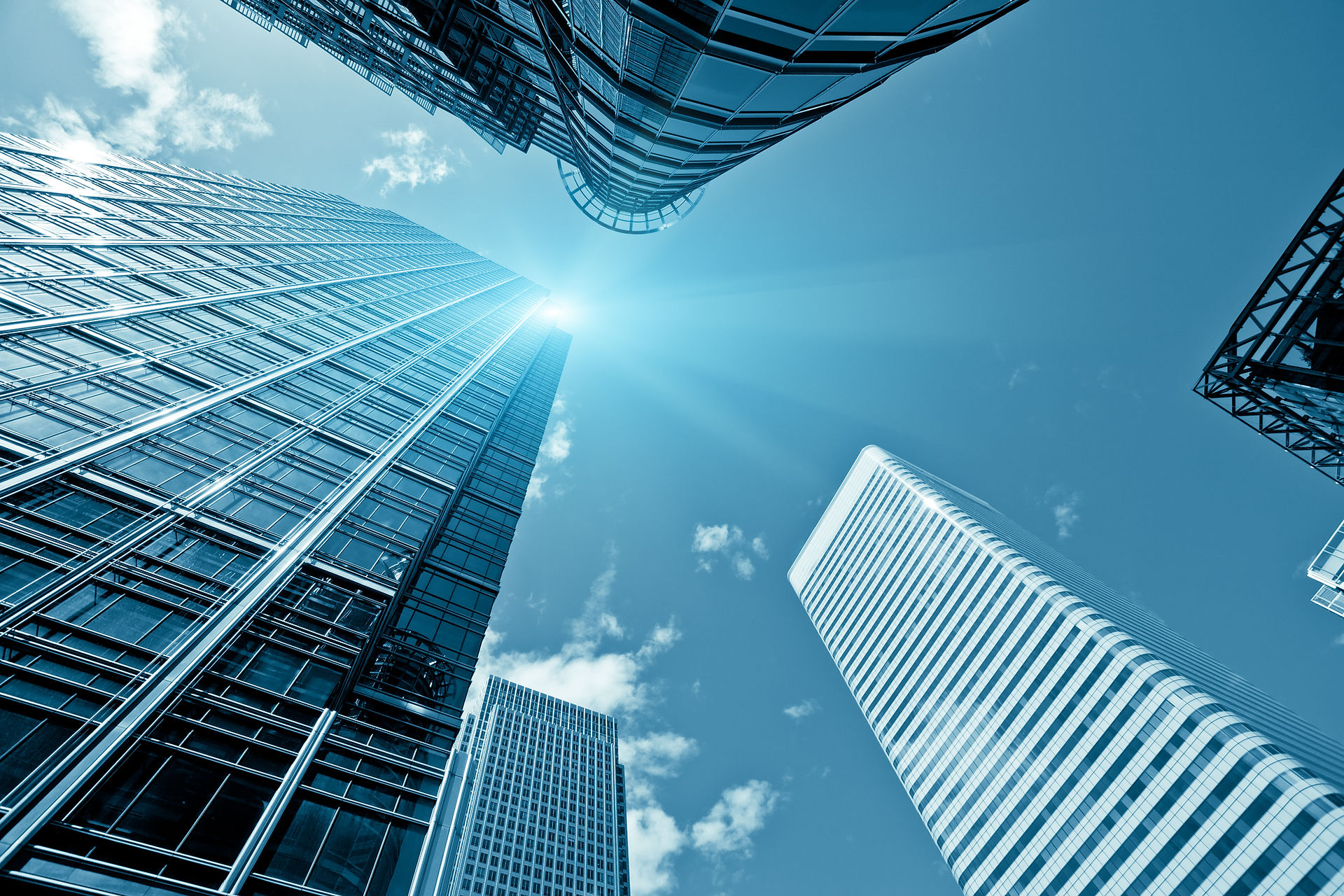Transforming Existing Structures into Vibrant Multi-Family Communities
- Onit Construction Services

- Mar 29
- 1 min read
11
Adaptive Reuse: Transforming Existing Structures into Vibrant Multi-Family Communities
Adaptive reuse has emerged as a sustainable and innovative approach to multi-family development, allowing developers to breathe new life into underutilized buildings:
Preserving Historical Significance: Adaptive reuse projects involve the restoration and preservation of historic buildings, maintaining architectural integrity and cultural heritage.
Sustainable and Eco-Friendly Transformation: Repurposing existing structures reduces environmental impact, minimizes waste, conserves resources, and lowers the carbon footprint of projects.
Maximizing Urban Infill Opportunities: Adaptive reuse revitalizes underutilized or abandoned buildings, addressing the demand for multi-family housing in urban centers with limited land.
Unique and Desirable Living Experiences: Adaptive reuse projects create one-of-a-kind living spaces with distinctive design elements that cater to the preferences of modern renters.
Operational and Financial Advantages: Repurposing existing structures can result in lower development costs and higher rents and occupancy rates compared to new construction.
As the demand for sustainable, community-focused, and experiential multi-family living continues to grow, the adaptive reuse of existing buildings offers a strategic approach for developers to create vibrant, contemporary living spaces that resonate with tenants.

